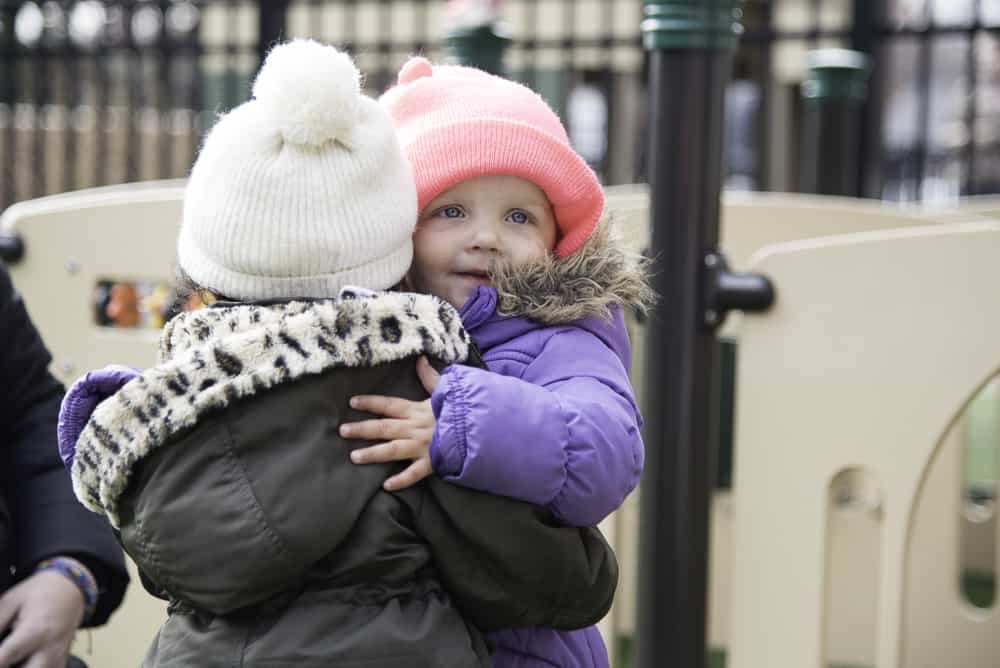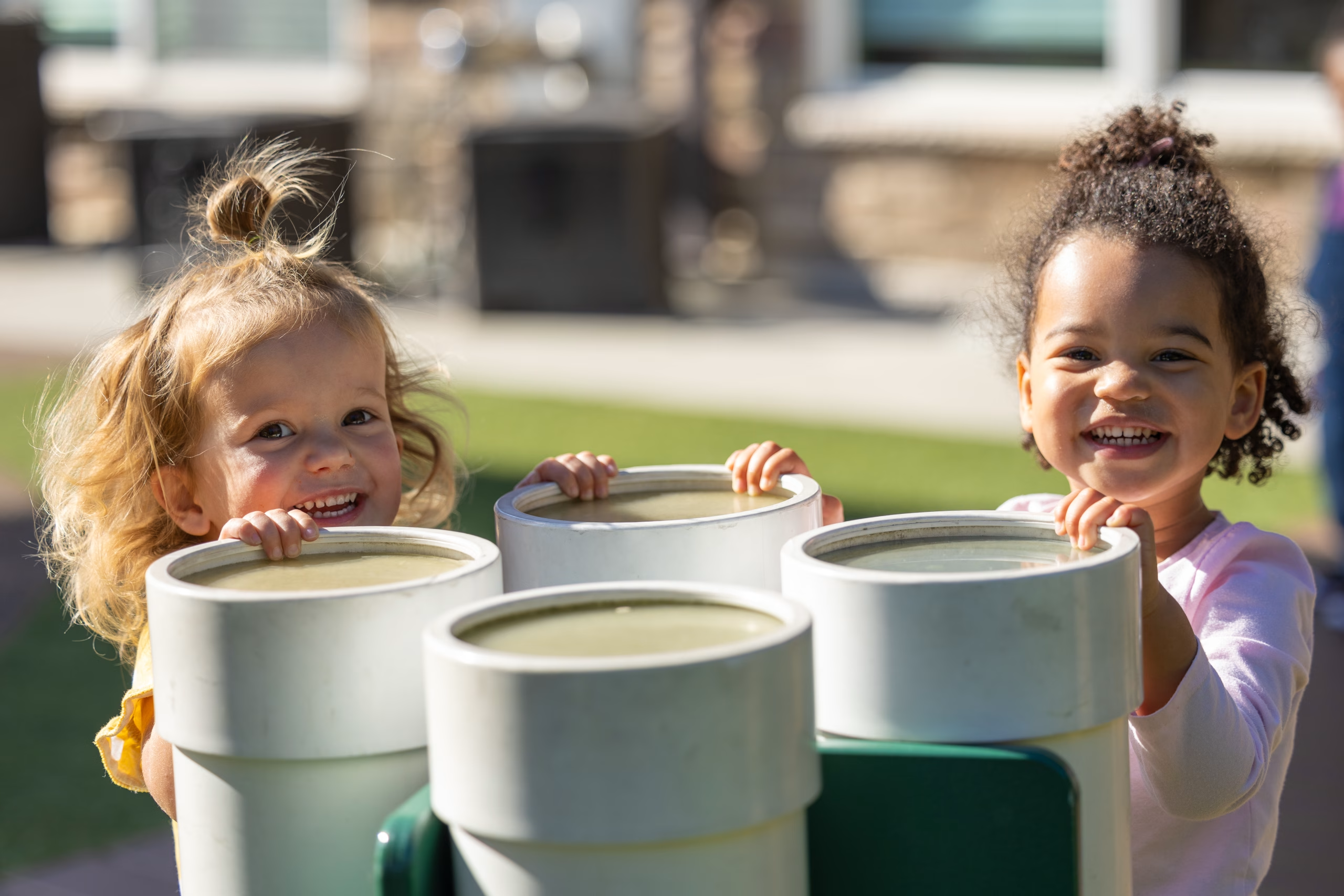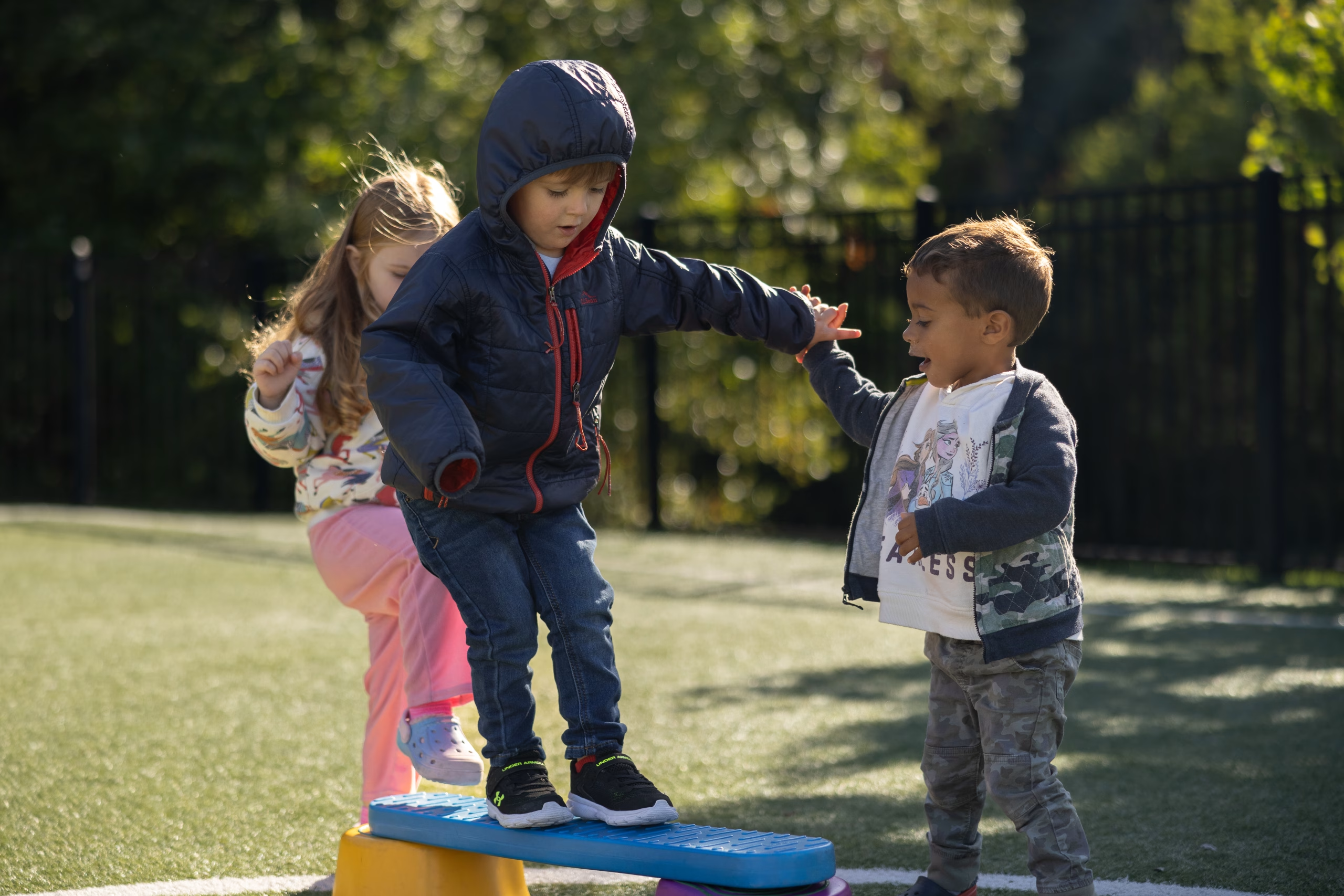

“How would you feel if that happened to you?” is a powerful question. To provide an answer, it requires the person to whom it’s asked to think about a situation from someone else’s perspective. It requires empathy.
Empathy is the ability to identify with the feelings, thoughts or attitudes of another. When children are born, their world is all about them – discovering their own needs and what they must do to have them satisfied. But, as they grow, they begin to develop a capacity for learning how to sense the world through the eyes of others. How well they learn to do that is often up to us. As our partners at PBSParents.org point out, empathy is a skill that we can cultivate in children and strengthen with practice.
“At Kiddie Academy we teach empathy as part of our Character Education program and through the value Compassion,” said Kiddie Academy’s Vice President of Education Richard Peterson. “Compassion, as well as empathy, begins to develop in the very first years of life. It is most effectively taught through spontaneous interactions between children. At Kiddie Academy we help children identify with the feelings and emotions of others, encouraging children to comfort others or take action to make another child feel better.”
Our Life Essentials® curriculum begins to address empathy during the first year of life as part of social and emotional development. With activities like Our Friends’ Feelings, Face Time, Emotion Potion and Cry Spy, we teach children how to read and imitate the facial expressions of their classmates and respond to the feelings those expressions represent.
For toddlers, we focus on building language skills necessary to effectively communicate their feelings and discuss how their behavior might affect others. As part of that we work on taking turns and resolving conflicts.
Role modeling is a valuable tool for teaching empathy. As the children grow into two-, three- and four-year-olds, we use dramatic play, where children take the role of teachers and show how they would resolve conflicts. And we talk about those role models in our communities who dedicate themselves to helping others.
That role modeling also extends to you. Let them see how you practice empathy in your life.
We encourage you to take what the kids learn at school and bring it into your home. As you watch TV or read together, talk about the feelings of the characters in the story. Were they happy? Sad? How would your child feel if they were in the character’s situation? If there were conflicts, discuss what everyone was feeling and how things could be handled differently next time.
Here are some additional resources about teaching your child empathy:
“Teaching Empathy: Evidence-based Tips for Fostering Empathy in Children” – Parenting Science
“How Media Can Build Empathy in Young Children” – PBSParents.org
“How Can I Teach My Child Empathy?” – ScaryMommy.com
Thank you for reading along, as we work together in raising the next generation of amazing kids!
Looking for more news you can use?
We would love to send you our free monthly newsletter, Parenting Essentials! You’ll receive a newsletter by e-mail, full of parenting advice, ideas and information, as well as articles about emerging trends in educational child care.





